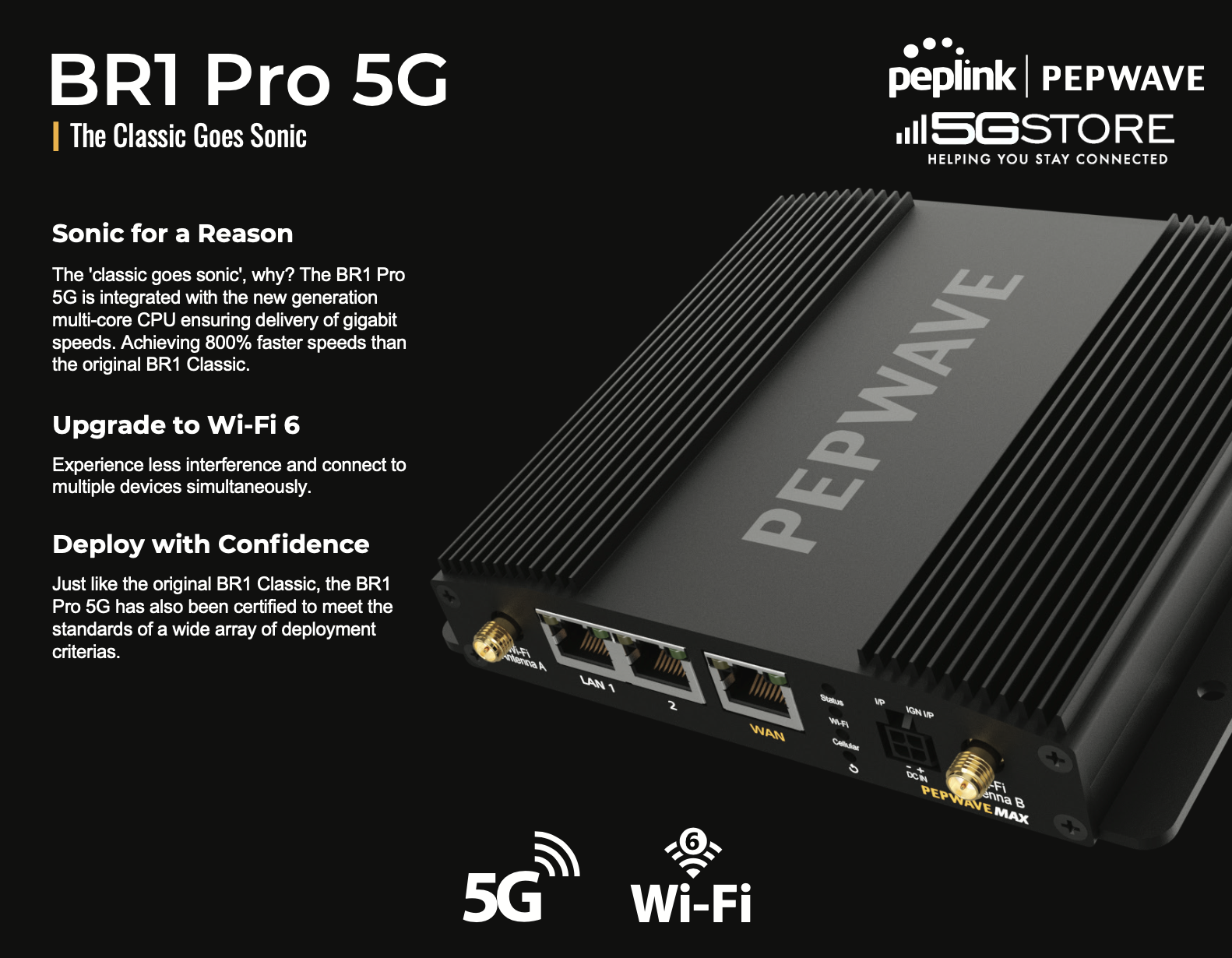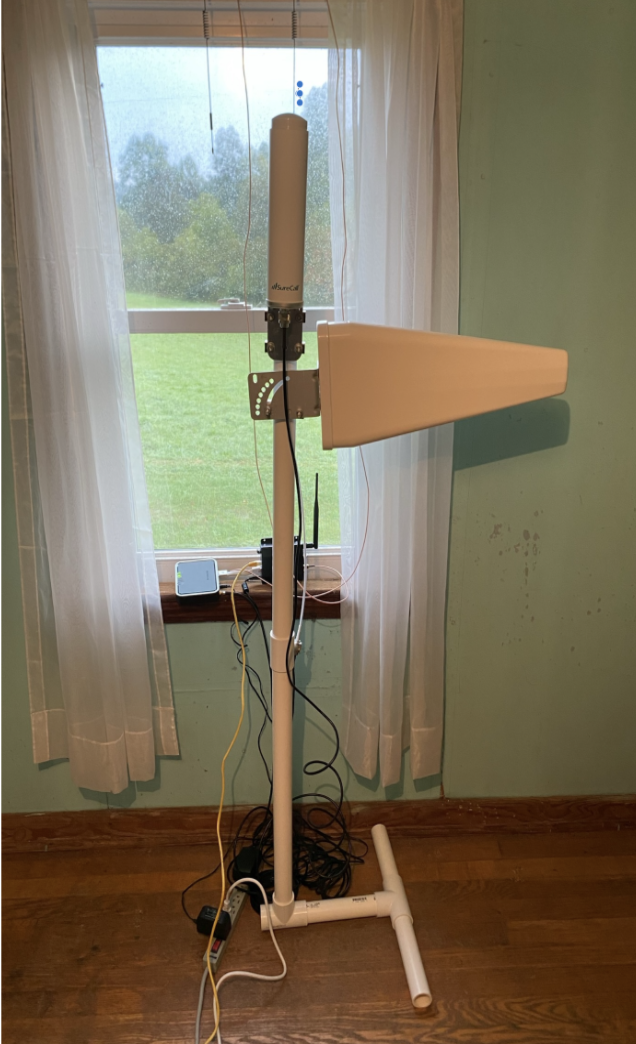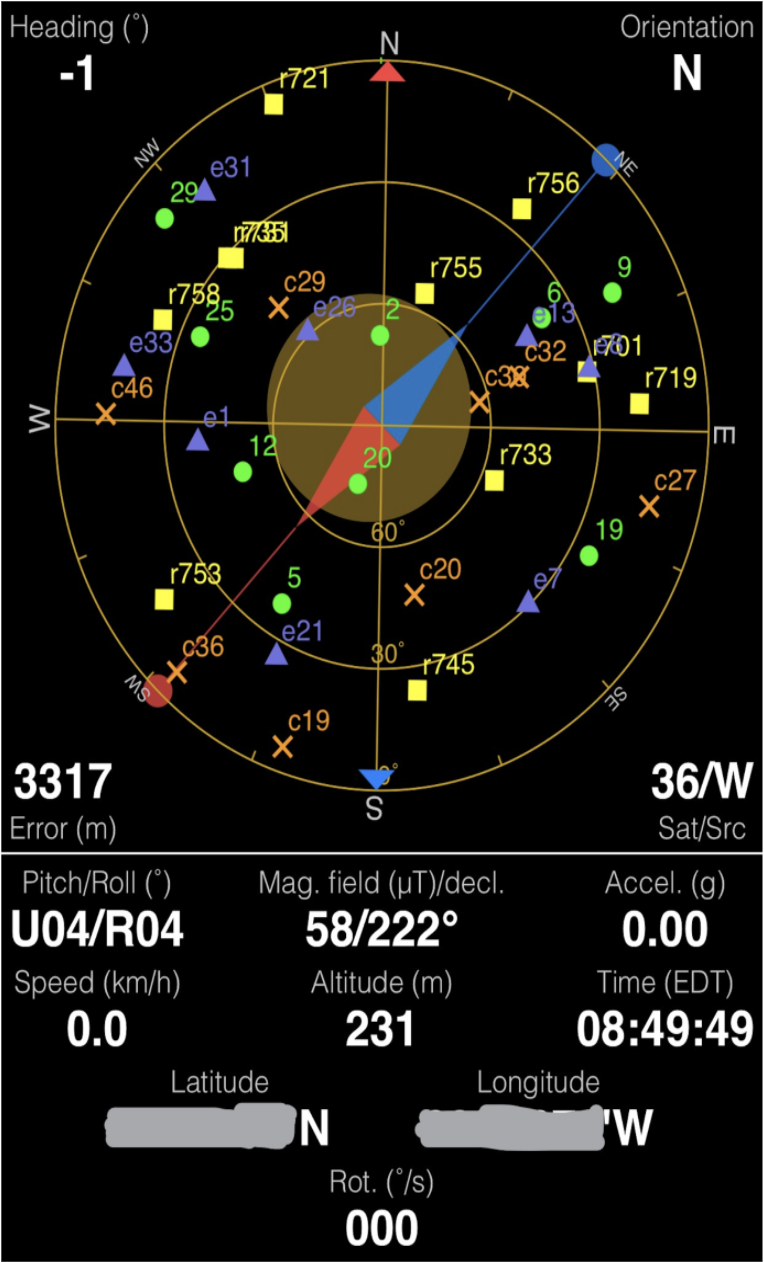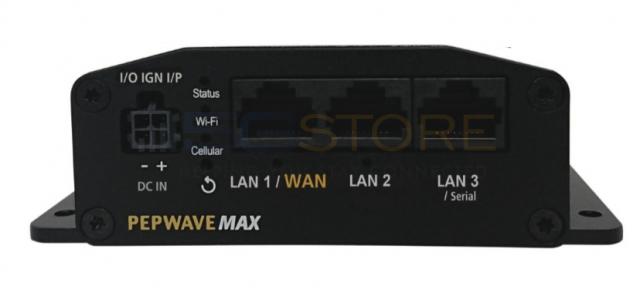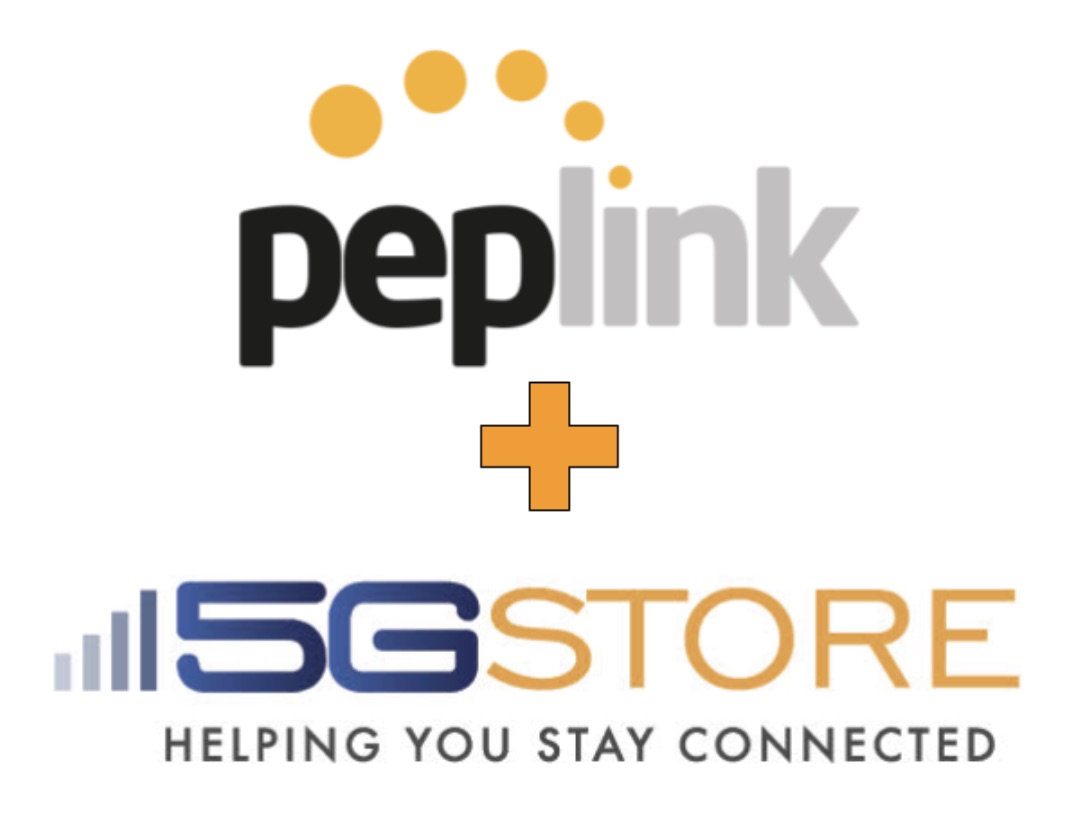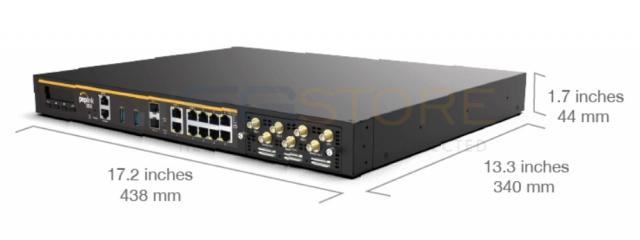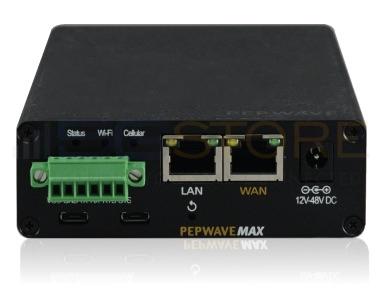With the fast approaching holiday season, everything from toys to kitchen appliances is getting dangerously low on stock. Shipments from overseas are delayed more and more with each day. It’s unfortunate that one of the most affordable 5G cellular routers on the market today is now included in that growing list. The Pepwave MAX Transit 5G may be available soon, but is your 5G service ready?
Just earlier this week, we talked about the confusing advertising regarding 5G service. What you see as 5G, or are told is 5G, may not truly be 5G. And what about the blazing fast speed tests you’ve seen reported online from other users? The truth is that the 5G you have may not be any better than the 4G LTE connection you had previously.
There’s also carrier restrictions on new cellular devices. Each device must go through a certification process. This is much like an approval process in which the carrier takes time to review the device and verify that it will work with their network. Once this approval is provided, the cellular devices’ IMEI number (a unique identifier) gets loaded into the carriers’ systems. Now, when a user like yourself goes to a store to activate their cellular device, the carrier can identify that it is supported and verify the compatible data plans. At this time, the Transit 5G is still pending certification with Verizon, but users can activate them on AT&T, T-Mobile, and US Cellular.
The BR1 Pro 5G – which is now the most affordable 5G cellular router on the market – is also not yet certified with Verizon, but is with the others (AT&T, T-Mobile, and US Cellular). While this does mean new users cannot get a SIM card to use with them, users with already active SIM cards MAY* be able to connect to at least 4G LTE service – that is, until the certification process is complete, at which point it will allow a 5G connection.
By now, we hope you may have gathered that 5G is not quite relevant for all users at this time. In most cases, unless you are a large company or working in rescue or healthcare services (where 24/7 connectivity and high bandwidth is important), LTE connections will be sufficient.
If you are still looking for a more affordable 5G solution however, consider the Pepwave MAX Adapter 5G. This is a small, portable modem that connects via USB. Use it with just about any Peplink or Pepwave router that supports a USB port (e.g. the Balance 20X).
Should the Transit 5G, or even the Transit Cat 18 LTE, be on your mind, add your name to our sign up sheets – Transit 5G – Transit Cat 18 LTE.
*5Gstore has tested a Verizon LTE SIM/ data plan with the Transit 5G and BR1 Pro 5G and were successful in connecting to LTE service. Although this did work for a short test, we CANNOT guarantee that this will work for all users, nor with all carriers.
Edited 10/28/2021 to update carrier certification details.




